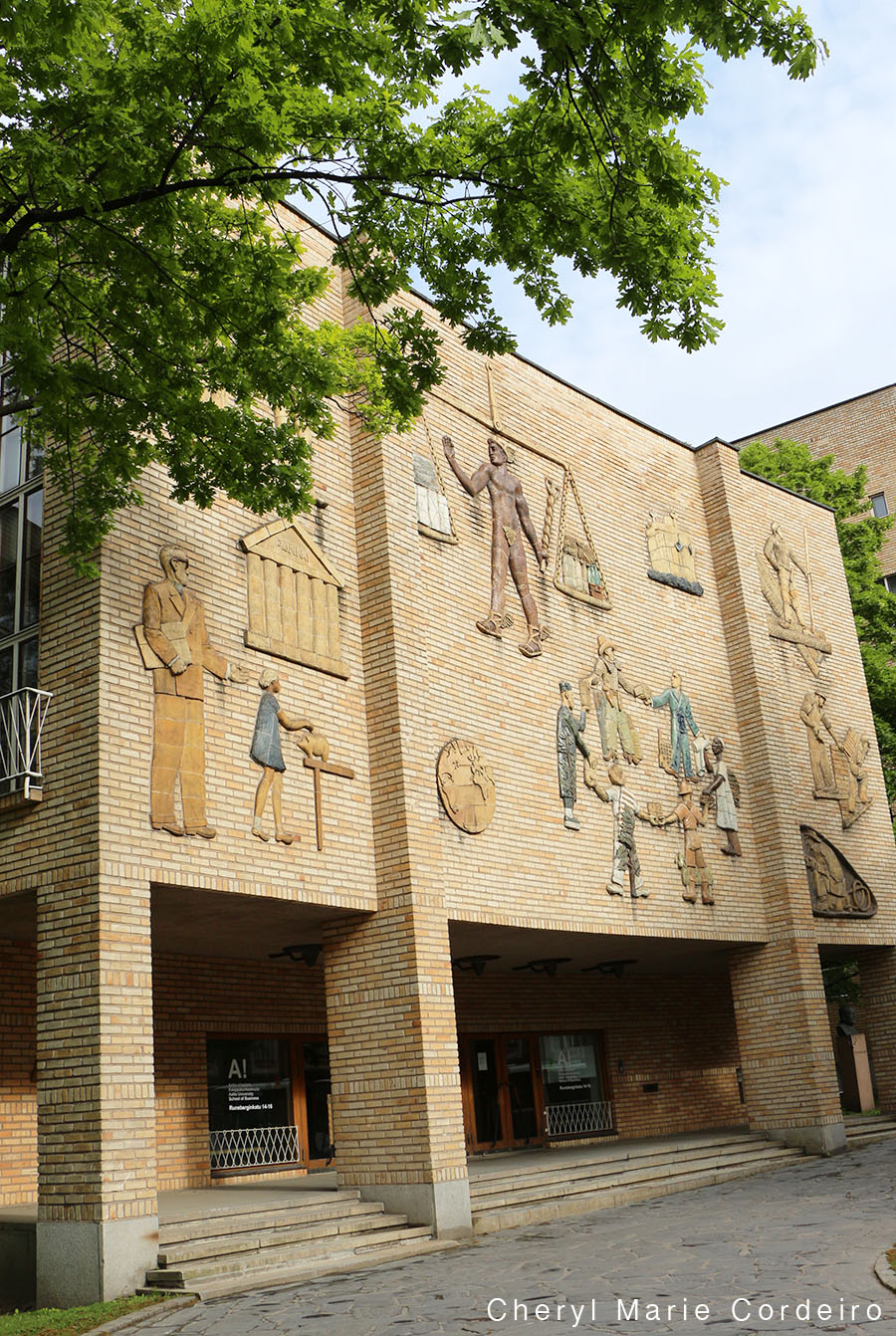The 9th international Groupe d’Études Management & Langage (GEM&L) International Workshop on the theme Language in Global Management and Business: Theoretical, Methodological and Empirical Advances.
Text & Photo © CM Cordeiro, Sweden 2015
11 to 12 June 2015 saw the 9th international GEM&L workshop take place at Aalto Univeristy, School of Business in collaboration with the Hanken School of Economics in Helsinki, Finland.
Aalto University, Helsinki, Finland.


